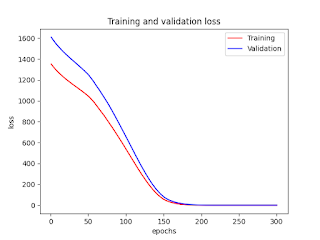Source:
Factor Allocation and Asset Allocation
https://gersteinfisher.com/gf_
Executive Summary
- Abstract: We examine four different asset pricing factors and their use in a portfolio that varies over time based on an investor’s risk preferences. Using data for the period 1980 to 2014, we show that the risk premiums of different factors are not constant over time, and that investors may improve their risk return trade-off by weighting or “tilting” their portfolios differently as liquidity and risk tolerances change such as when investors age. Our results suggest that those investors targeting higher returns should tilt towards the size and value factors, while investors favoring lower levels of risk should tilt towards the quality factor. Our results raise questions about the current industry approach to asset allocation and the driving forces behind the magnitude of risk premiums over time.
- Key Words: Factor Pricing Model, Asset Pricing, Asset Allocation, Empirical Finance
- An unanswered question: do risk premiums in factor models vary over time, and if so, what forces drive the level of compensation investors receive for taking on exposure to these risk premiums?
- We examine evidence around returns and variation in returns for 14 different portfolios built around different weightings or “tilts” for four widely used factors by practitioners: size, value, quality, and momentum.
- Our results show marked differences in returns and risk between different portfolio formulations. These differences are economically meaningful and suggest that investors should not be using a one-size-fits-all approach to building a factor portfolio. Specifically, our results suggest that those investors targeting higher returns should tilt towards the size and value factors, while investors favoring lower levels of risk(i.e., a lower portfolio standard deviation) should tilt towards quality. A single investor might adopt different portfolio tilts over his lifetime as his risk preferences change– a finding that represents a challenge to the conventional view of portfolio management which rarely moves beyond a single diversified factor-based portfolio for all investors.
- Typical equity factors: market, size, value, momentum, investment, profitability, liquidity, quality, etc.
- Asymmetric volatility plays a role in pricing of risk premiums.
- One possible tilting strategy, for example, might entail investors taking greater exposure to the size and value factors early in life to capitalize on their higher expected returns, while slowly tilting towards quality if the investor becomes more risk averse as they age or as other life circumstances change.
- Unless investors can effectively forecast market returns versus factor returns, they are better off defining an investment strategy and sticking to it. This analysis does not consider trading costs or tax implications, though those effects would tend to favor a defined investment strategy rather than a timing approach.
- Conclusion: Just as investors need to adopt different asset allocations, different factor allocations based on risk preferences may also benefit different investors as well. Returns and standard deviations for even modestly tilted portfolios vary markedly. Practitioners and academics alike should consider the characteristics of factor returns including mean, standard deviation, and kurtosis when designing portfolios to be used by different classes of investors.


No comments:
Post a Comment